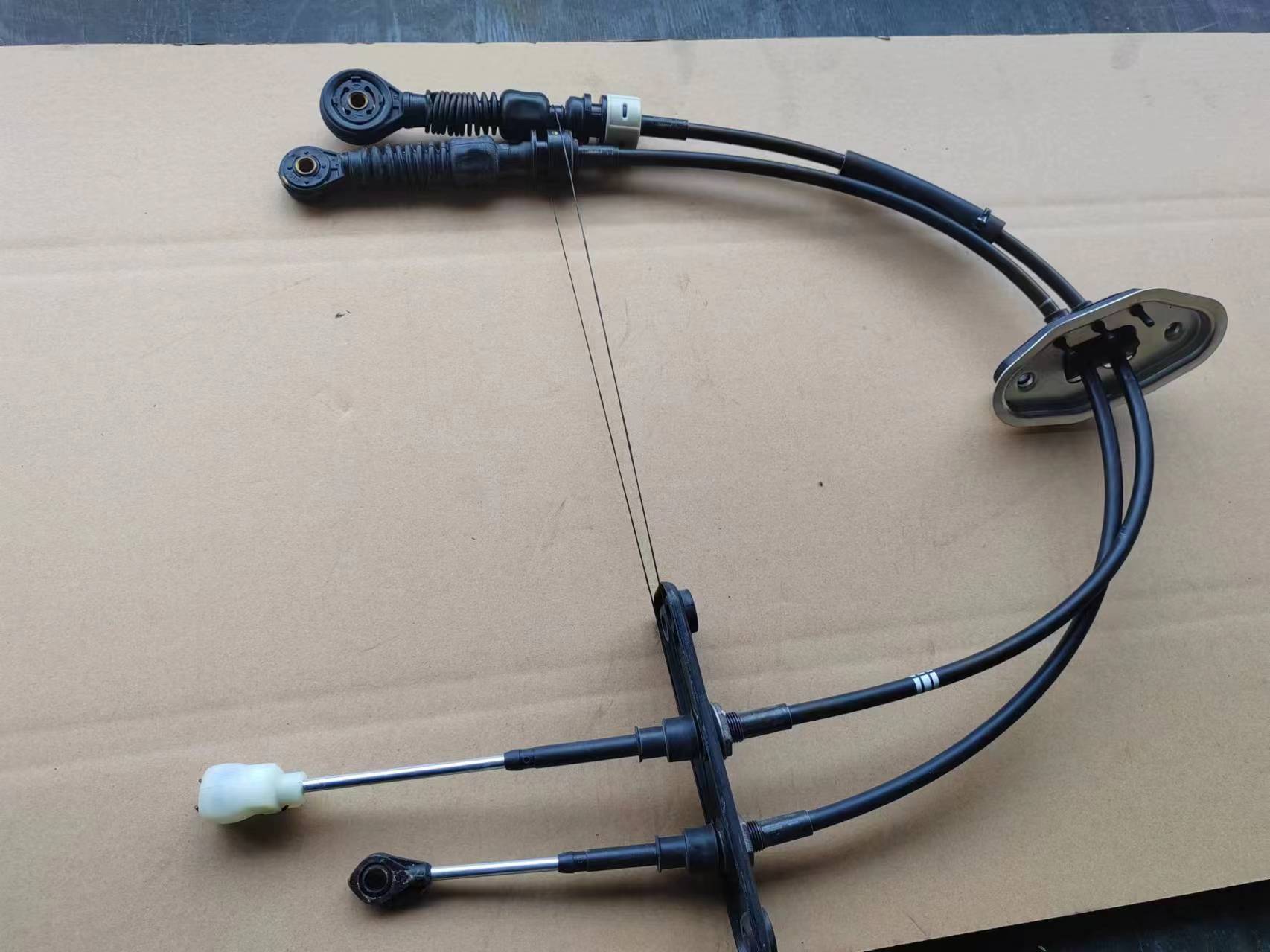Understanding Lawn Mower Throttle Control Cable for Optimal Performance and Maintenance
Understanding Lawn Mower Throttle Control Cables
Lawn mowers are essential tools for maintaining a well-manicured lawn. One of the critical components of a lawn mower that often gets overlooked is the throttle control cable. This small yet significant part plays a crucial role in regulating the engine's speed and, consequently, the mower's performance. In this article, we will explore the intricacies of lawn mower throttle control cables, how they function, common issues, and maintenance tips to ensure optimal performance.
What is a Throttle Control Cable?
The throttle control cable is a flexible wire that connects the throttle lever on the mower's handle to the throttle plate in the engine. It allows the operator to adjust the engine's speed by pulling or releasing the lever. When the throttle lever is engaged, it tightens the cable, which in turn opens the throttle plate, allowing more air and fuel into the engine. This process increases the engine's RPM (revolutions per minute), giving the mower more power to tackle tough grass and uneven terrain.
How Does it Work?
The operation of the throttle control cable is relatively straightforward. When the operator pulls the throttle lever, the cable transmits this motion to the throttle plate on the engine. The more the lever is pulled, the more the throttle plate opens, thereby increasing the engine's power output. Conversely, when the lever is released, the cable slackens, and the throttle plate closes slightly, reducing the engine speed. This mechanism allows the operator to have precise control over the mower's speed, which is essential for effective and efficient lawn care.
Common Issues with Throttle Control Cables
Over time, several issues can arise with the throttle control cable, affecting the mower's performance. Common problems include
1. Cable Sticking or Binding If the cable becomes rusty or corroded, it may stick or bind, making it difficult to adjust the throttle. This can prevent the engine from reaching its optimal RPM and may lead to poor mowing performance.
2. Fraying or Breaking Throttle cables can fray or break due to wear and tear from regular use. A frayed or broken cable can lead to a complete loss of throttle control, rendering the mower ineffective.
lawn mower throttle control cable

3. Loose Connections If the cable connections become loose, it can lead to inconsistent throttle response. This issue can make it challenging to maintain the desired speed while mowing.
4. Misalignment A misaligned throttle cable can cause excessive wear, leading to premature failure. Ensuring proper alignment is essential for maintaining the cable's integrity.
Maintenance Tips
To avoid issues with the throttle control cable, regular maintenance is essential. Here are some tips to keep the cable in good condition
- Inspect Regularly Periodically check the cable for signs of wear, fraying, or corrosion. If you notice any issues, consider replacing the cable before it fails completely.
- Lubricate Apply a suitable lubricant to the cable to prevent rust and ensure smooth operation. Avoid using heavy greases, as they can attract dirt and debris, leading to additional wear.
- Check Tension Ensure that the cable has the correct tension. A loose cable may not effectively control the throttle, while a cable that is too tight can cause damage to the mechanism.
- Store Properly When not in use, store the mower in a dry area to prevent moisture buildup, which can lead to corrosion of the throttle cable.
Conclusion
The throttle control cable is a small but essential component of a lawn mower, significantly impacting its operation and performance. By understanding its function, being aware of common issues, and carrying out regular maintenance, you can ensure that your lawn mower operates efficiently, providing you with a beautifully manicured lawn all season long. Taking care of this vital cable will not only extend the life of your mower but will also improve your overall mowing experience.
-
Workings of Clutch Pipe and Hose SystemsNewsJun.04,2025
-
The Inner Workings of Hand Brake Cable SystemsNewsJun.04,2025
-
The Secrets of Throttle and Accelerator CablesNewsJun.04,2025
-
The Hidden Lifeline of Your Transmission Gear Shift CablesNewsJun.04,2025
-
Demystifying Gear Cables and Shift LinkagesNewsJun.04,2025
-
Decoding Clutch Line Systems A Comprehensive GuideNewsJun.04,2025
